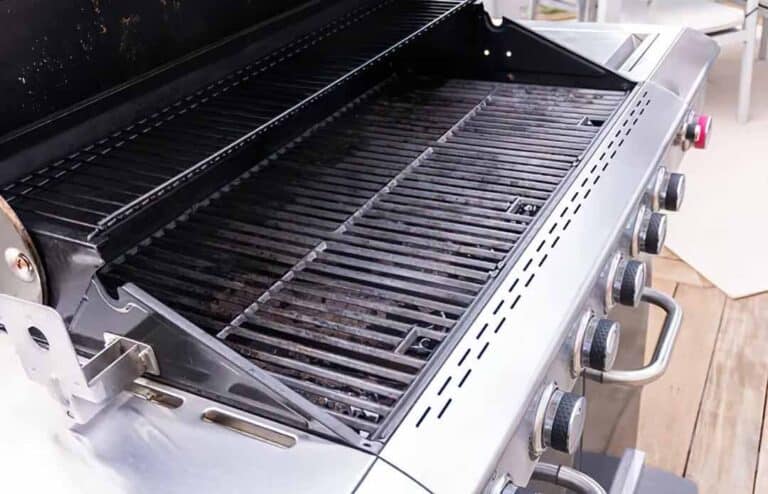

Ceramic grills are often quite expensive compared to their metal counterparts. Why then do people buy them? Well, there are several theoretical and practical advantages to a ceramic type grill that make them worth it for the most devoted outdoor chefs. One of the most obvious and defendable advantages is temperature control. These grills make precise temperature control from very low smoking temperatures up to searingly hot temperatures easy. Beyond that, there are several theoretical advantages which make them very popular with devotees.
At the same time, many people admire their versatility but feel that their less expensive kettle grills and smokers can perform just as well, without all the weight and cost. Below is a comparison of some of the advantages and disadvantages of these types of grills, both practical and theoretical.
Get exclusive deals, tips, and BBQ banter—straight to your inbox.